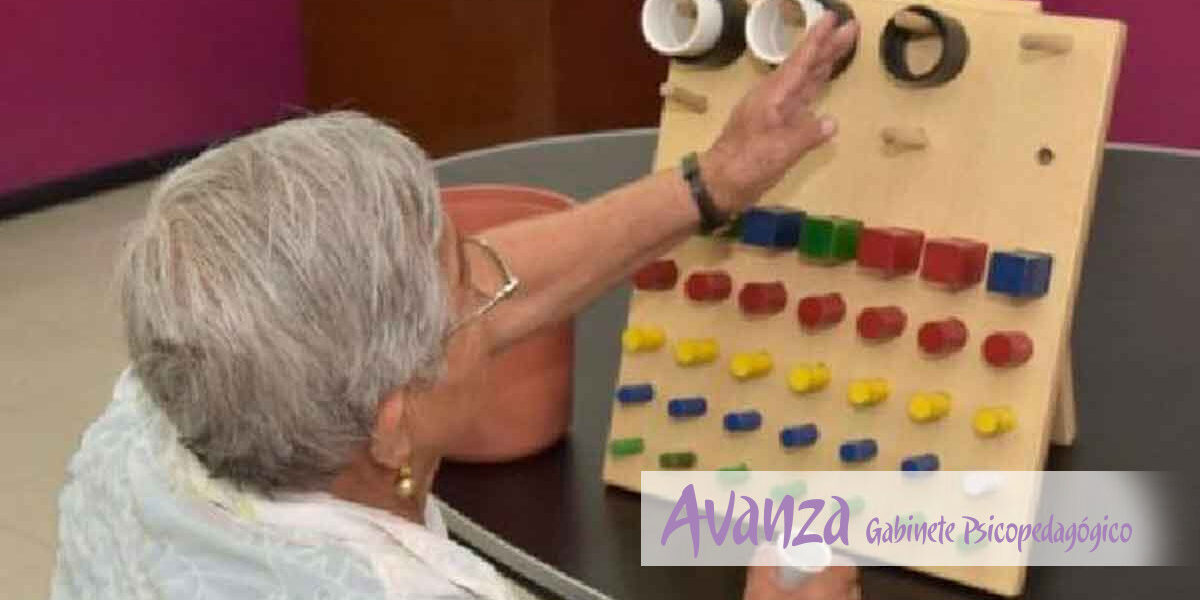We can say that cognitive stimulation is the entire set of activities or tools that we have to try to enhance cognitive processes, attention, memory, language, and thereby try to stop the possible deterioration that is occurring in the brain. of a person.
When we talk about cognitive stimulation, the image of those pencil and paper cards that we have all had contact with but that are often not particularly motivating comes to mind. If we go to a neuropsychologist, he or she will be able to design a daily routine that includes all the tools we have to keep our brain in shape, adapting the exercises to our lifestyle and preferences.
Walking, in addition to all the already known benefits, has direct positive effects on memory. A 45-minute or one-hour walk may be enough. On the other hand, it has been shown that the neurons of people who maintain more social interactions produce more connections, their cognitive processes work better, which is why it is an important aspect to enhance.
Everyday activities such as dressing or eating are times of the day when these cognitive processes are put into practice. If, as is common, a family member does these tasks instead of the elderly person, it prevents these cognitive processes from being put into operation, making those small moments of the day essential in any cognitive stimulation program. When the patient does not want to do other types of tasks, it is important that they take on greater relevance. For example, we have a case in the consultation in which we design a day to day meeting all these characteristics; in the morning we go for a one-hour walk with our caregiver, a walk that we then repeat in the afternoon and sign up for classes. painting in the Town Hall.
This last routine, in addition to how stimulating it can be for memory, is an activity that is done in a group, which allows you to meet other people who are often from the same neighborhood, which led to them meeting in the afternoons every day to have a snack. .
In this way, and in a very simple way, we have increased this patient's social relationships, and we also tried to make his daily routine more active instead of spending most of his time watching TV as is usually the case. Small matters that the older person can carry out are also included in the daily routine, such as setting the table or the dishwasher, helping a little with food preparation, etc.
Furthermore, as a more cognitively demanding activity, we asked him to prepare a menu for the next day from which we had to generate a shopping list that included all the ingredients necessary to prepare the aforementioned menu. As a next step, during your daily walk, you must make the purchase and apply the item recall strategies that you trained with your neuropsychologist.
In the consultation, it is all these activities that we use to enhance brain processes and cause cognitive stimulation in the patient.



